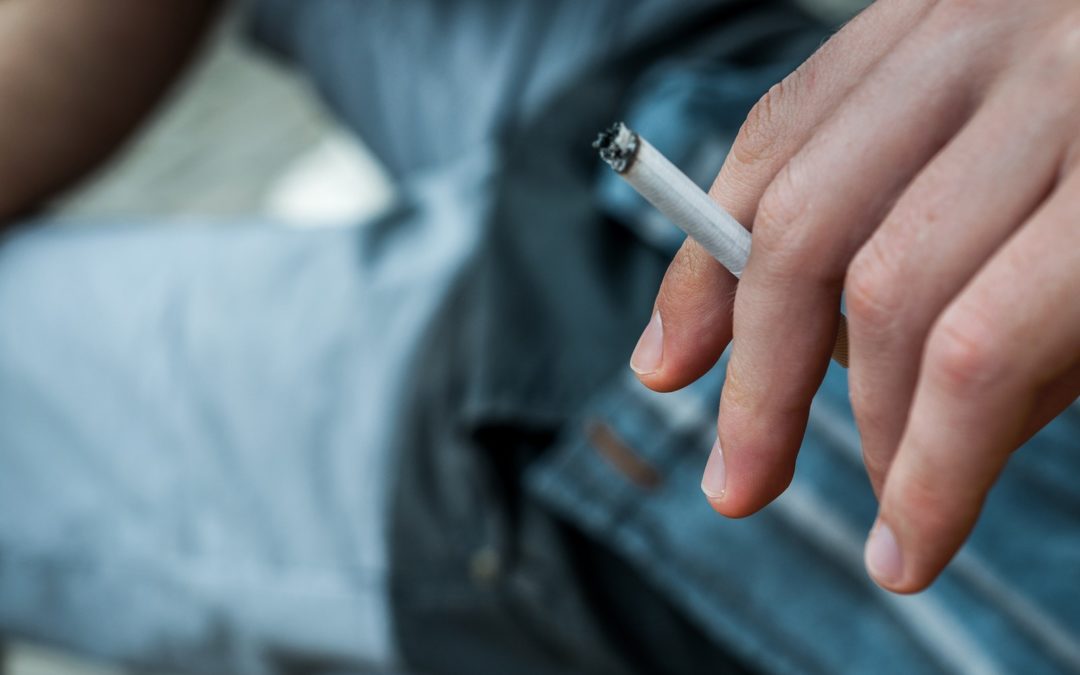Table of Contents
Cannabis use among youth is a common and complex public health problem, with nearly 20% to 30% of high school students in the US reporting use. Although this number has declined over the past decade, cannabis use still remains a significant concern, especially as new products such as edibles and vapes become available, or as cannabis strains become more potent with higher levels of the psychoactive chemical THC [1].
Teens use cannabis for several reasons, including to self-medicate for mental health challenges such as depression and anxiety, to increase confidence in social settings, cope with stress or academic pressure, genuine teen curiosity, and just to get high.
Although not as dangerous as other drugs such as opioids or sedatives, studies have shown that regular, long-term cannabis use, especially during adolescence, is linked to higher rates of mental health problems such as depression, anxiety, and psychosis. Chronic cannabis use in youth can also affect growing brain regions that play a role in memory, motivation, learning, attention, and habit formation [2].
Read on to understand the risks of cannabis use in teens and how to recognize when professional help is needed.
Understanding The Link Between Cannabis and Brain Sensitivity
According to the American Journal of Drug and Alcohol Abuse, cannabis use is linked to structural changes in the brain, such as decreased connections in the prefrontal cortex (PFC) and reduced hippocampus volume. This can disrupt functions such as emotional regulation, impulse control, and memory [2].
Cannabis also affects the brain and nervous system by interacting with the endocannabinoid system (ECS). The ECS includes a network of chemical signals and receptors known as endocannabinoids, which help control other neurotransmitters and play a role in functions such as appetite, sleep, alertness, memory, and mood [3].
Cannabis also affects neural pathways, which play a key role in communication between different brain regions and between the brain and central nervous system (CNS). Chronic cannabis use has been linked to weakened neural pathways, a shortened attention span, and trouble with problem-solving and decision-making [2].
Why The Teenage Brain is Especially Vulnerable
Teen brains are especially vulnerable to the long-term effects of cannabis due to the sensitive nature of their growing brains. One 2019 study found that THC exposure during adolescence disrupted synapses in the prefrontal cortex, impairing information retention and short-term memory [4].
Heavy cannabis use in teens has also been correlated with white matter disruption, such as reduced fractional anisotropy (FA) in subcortical regions of the brain, affecting connections that manage attention, working memory, and emotional processing.
Lastly, early cannabis use is associated with earlier onset of mental health conditions that persist into adulthood, such as [4]:
- Psychosis: Significant research shows that THC can alter one’s consciousness, and for teens with predispositions to certain mental health disorders, such as schizophrenia or dissociative identity disorder (DID), cannabis can increase the risk of a psychotic episode.
- Depression: Teens may use cannabis to cope with untreated symptoms of depression such as isolation, sadness, or loneliness. Studies have found that individuals with cannabis use disorder are twice as likely to suffer from depression.
- Anxiety: THC and anxiety have a bidirectional relationship. In low, medically-monitored doses, cannabis has been linked to improving symptoms of anxiety. However, in higher, unregulated doses, it can worsen symptoms of anxiety disorders.
From Cannabis to Stimulants: A Hidden Risk Path
Teens who use cannabis are at a significantly higher risk of abusing stimulants such as cocaine, ecstasy, and “study drugs” (Adderall, Ritalin). Some studies show that active cannabis users are nearly 2.5 times more likely to report recent stimulant use compared to former or nonactive cannabis users [5].
Chronic cannabis use, especially with high levels of THC, is thought to alter dopamine signaling in the brain, and some studies have suggested this blocks the brain’s blunt response to stimulants, increasing the need to take higher amounts.
Lastly, it´s not uncommon for cannabis or stimulant users to mix these two drugs and “balance the effects”. Teens might use stimulants to wake up, feel more alert, and improve their memory; And in the evening, they may use cannabis to calm their nervous system and relax. Creating a vicious cycle that is hard to break without adult intervention.
When Should Parents Take Action?
The reality is that millions of teens try cannabis each year, and many do not need professional treatment. Similar to alcohol use during adolescence, some teens try cannabis out of curiosity and in social settings, without it ever impacting their health or functioning.
If your teen gets caught smoking cannabis or comes home one evening visibly high, don´t immediately jump to crisis mode. Start by having an open-ended conversation and asking questions about their cannabis use, whether this is something they do regularly, why they are interested in using cannabis, etc.
Now, if you notice your teen is using cannabis regularly, they are unable to function normally, or it is impacting their mental health, it´s important to take action, such as connecting with a mental health professional or reaching out to a substance abuse treatment program.
Some of the signs your teen is struggling with a cannabis abuse problem include:
- Finding weed or paraphernalia such as pipes, lighters, or ashtrays in their room or belongings
- Sudden or drastic changes in mood or personality
- Red, bloodshot, or glossy eyes, or dilated pupils
- Lack of motivation or pleasure in activities once enjoyed
- Sudden decline in school
- Social withdrawal and isolation
- Chronic cough or runny nose, or other flu-like symptoms
- Depression and anxiety
- In severe cases, symptoms of psychosis such as delusions, hallucinations, and paranoia
How Clearfork Academy Helps Teens Break The Cycle
Clearfork Academy is a network of behavioral health facilities in Texas committed to helping teens break the cycle of substance abuse. Our tailored cannabis treatment interventions address mental health problems, social factors, and family dynamics that often drive substance abuse in teens. Some of the ways we help teens break the cycle of cannabis use include:
- Individual therapies such as Cognitive Behavioral Therapy (CBT) or Dialectical Behavior Therapy (DBT) help reshape negative thought cycles and beliefs that drive substance abuse.
- Group therapy helps foster connections between teens and helps decrease feelings of isolation, a risk factor for cannabis abuse.
- Skill-building workshops help teens develop coping skills to relieve stress and manage temptations for cannabis.
- Holistic approaches such as music therapy, creative arts, adventure, and nature therapy help teens find fun and joy in sober activities.
Our evidence-based treatments help teens build emotional resilience and overcome substance abuse and mental health challenges. Contact our admissions team today to see how we can support your family.
Sources
[1] Horowitz, B. et al. (2022). Trends in intentional abuse and misuse ingestions in school-aged children and adolescents reported to US poison centers from 2000-2020. Clinical Toxicology, 61(1), 64–71.
[2] London, D. et al. (2019). Cannabis effects on brain structure, function, and cognition: considerations for medical uses of cannabis and its derivatives. The American Journal of Drug and Alcohol Abuse.45(6), 563–579.
[3] Grinspoon, P. 2021. The endocannabinoid system: Essential and mysterious. Harvard Medical School.
[4] Tapert, S. F. et al. (2014). Effects of cannabis on the adolescent brain. Current pharmaceutical design, 20(13), 2186–2193.
[5] Galvin, B. et al. (2021). Relationships between patterns of cannabis use, abuse and dependence and recent stimulant use. PloS one, 16(8), e0255745.

Meg Sherman
Family Program Therapist
Meg Sherman holds a Master of Arts in Marriage and Family Therapy from Utah Valley University, is licensed as a Marriage & Family Therapy Associate and Chemical Dependency Counselor in the state of Texas, and focuses her professional areas of study on trauma recovery, neuroscience, and relationship dynamics.
She has over 20 years of experience working with adolescents, first as a church youth group leader, then as a high school theatre teacher. Following the joys and challenges of helping her children through various diagnoses and substance use struggles, Meg entered the mental health field and pursued training in EFIT, Gottman, and EMDR techniques.
She currently lives in Granbury with her husband and an utterly spoiled cat, where she enjoys playing harp/piano, composing music, and writing young adult fiction.




